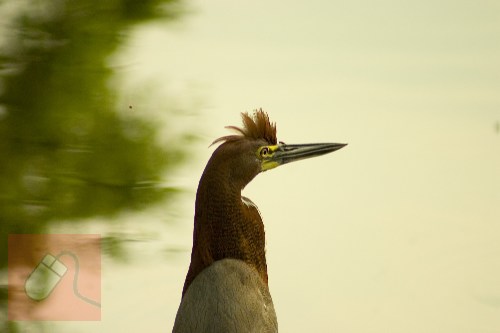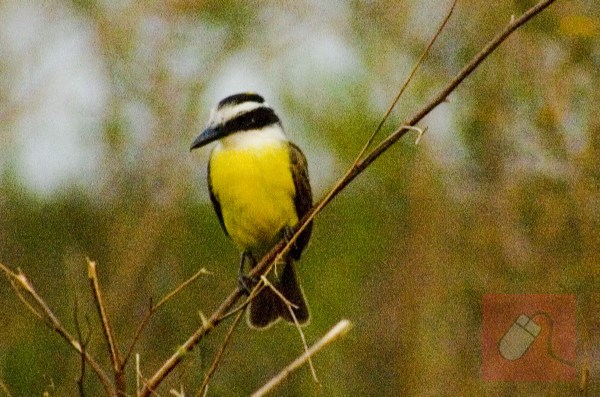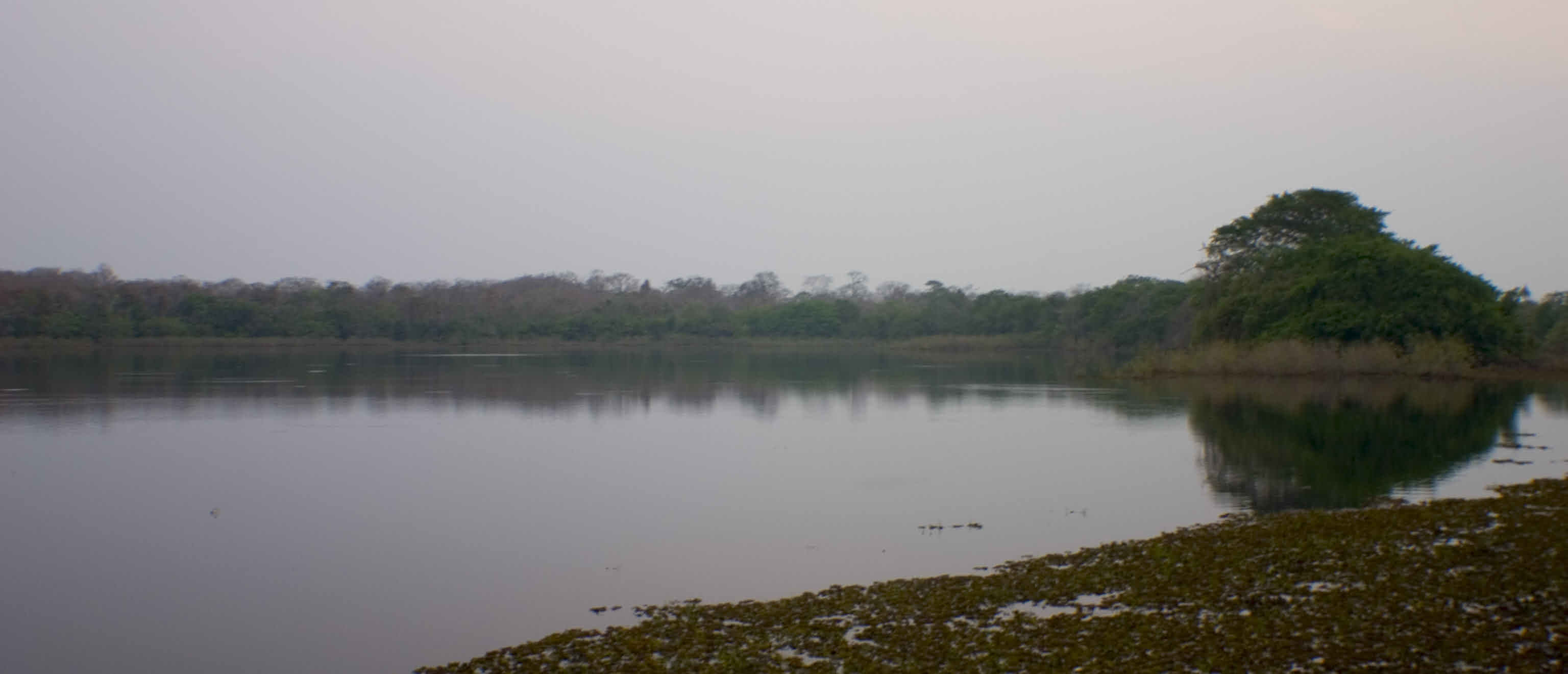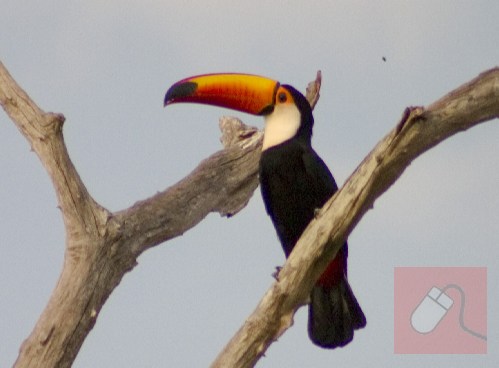|
| |
Panatanal
(Download/print in pdf-format)

|
With around 170.000 km2 the Pantanal is the largest continental wetland on the planet. It is
located in the states of Mato Grosso and Mato Grosso do Sul and extends to Bolivia and Paraguay.
The Pantanal´s landscape is the result of the flood cycle. During the wet season, up to 80% of
the region is under water, a perfect environment for aquatic birds, reptiles and fish. The WorldWideTrails
went in September, which is part of the dry season to the south part in Mato Grosso do Sul close to Miranda.
This is the time of year to spot most animals.
|
Wildlife
If you are interested in wildlife this is the place to be in South America. What struck us
most was the little shyness the animals showed making it easy to approach the close. You will meet
f.i. Jacare’s (Pantanal Aligator’s)and Capybara’s from less then 2 meters. Bird life like Toucan’s,
Blue Macaw’s, Hawks and Owls can be spotted in the tree next to you and the Heron’s, Tuiuiu’s and
Egrets will be in the small pool’s easy spotted when they are looking for their meals. Capuchin monkeys,
Armadillo’s, bush dogs and foxes are alaround and during the night safari’s you will meet the
Giant Ant Eaters and Tapirs. Although rare, even Jaguars and Puma’s are spotted in this park.
|

|
(Not) Hikes
Due to it’s nature it is almost impossible to hike in the Pantanal. Only in very restricted
areas with a guide you can do a trail in this National Park. The park was created in 1981 and
consists of 1.350 km2 wetlands. The main means of transportation are boat, horseback and 4-wheel
drives. All three gives you a good opportunity to meet the wildlife. In general the Pantanal is
best visit (if budget allows) to book a lodge in the park that offers eco-tourist packages with
all kind of tours included. Other ways (and more adventurous) are to book one of the transportation/cargo
boats that cross the Pantanal. Since the boats do not stop for a meeting with a rare bird or other
wild life and tend to keep the wide rivers it is more to sample the atmosphere then to get a detailed
taste of it, although it will give you a better view of the hard life in this poor region of the world.
|

|
The way to get here
First you have to decide if you want to go to the south or the north part of the Pantanal.
It is said that the south part is the more beautiful part, but it is also the more expensive part.
At least you can combine the south with a visit to Bonito – Serra da Bodequena. For this you fly to
Campo Grande – capital of Mato Grosso do Sul. At the airport you can hire a car take the bus to Miranda
or agree with one of the many agencies that will lodge on one of the fazendas on the Pantanal. As sai
not cheap but this is not only profit for the owner but also to maintain the bio-reserve. If you opt for
the north part you can combine it with a visit to Chapada dos Guimarães. Regular flights from Sao Paulo
bring you to Cuiabá. From there you can take the bus to Poconé and the start of the Transpantaneira.
This airport has also rented car service and agencies for acquiring packages for staying.
|

|
The place to stay here
Both parts have several fazendas that have packages including transportation back and
forward to the airport, all meals and a variety on excursions. We choose the Refúgio Ecológico Cayman
(or Cayman lodge). It turned out to be very good choice with a very friendly and English speaking staff
(although the price was less friendly). The Refúgio is located in the Pantanal park itself some two
hundred and thirty six kilometers from Campo Grande on a cattle farm of approximately 53,000 hectares.
Guests stay in one of three lodges.
All the guides are bilingual and specialized in the flora and fauna of the Pantanal. The Refúgio
also houses three research-ecological projects: the Arara Azul (Blue Macaw) Project, the Papagaio
Verdadeiro (Blue Fronted Parrot) Project and a study of the Cougar behavior.

|
When to come here
The best period to visit the Pantanal is between May and September. In this period the
water lowers making the Pantanal more accessible. The lakes and the swamps are drying and
the fish get trapped, attracting huge populations of birds. Also the land animals have to
cover greater area to collect their food and can be more easily been spotted. The rainy
season (mainly in January/February) makes transportation more difficult although still
some dirt roads will be accessible. Even in the dry season mosquitoes are present but
much less and Malaria is not really a threat. Still bring enough insect repellent.
|

|
|

|

|
|